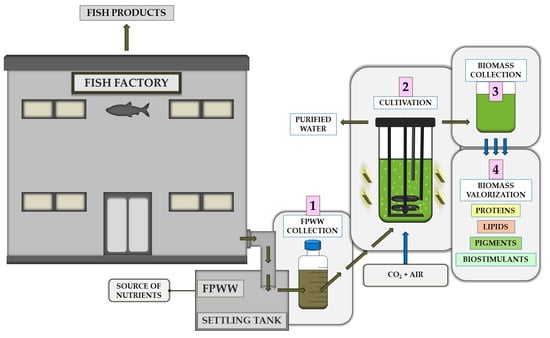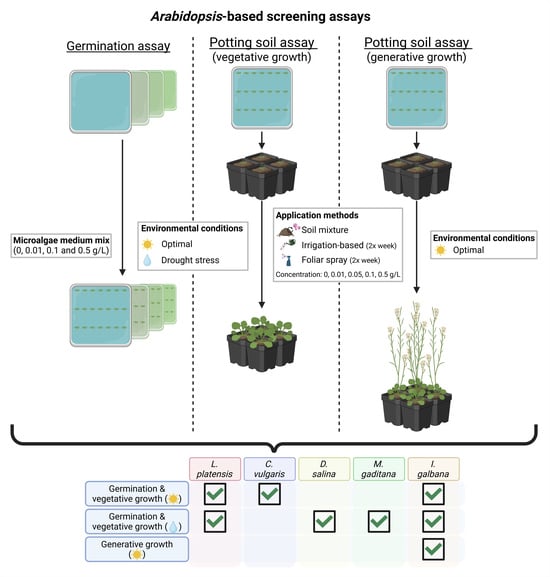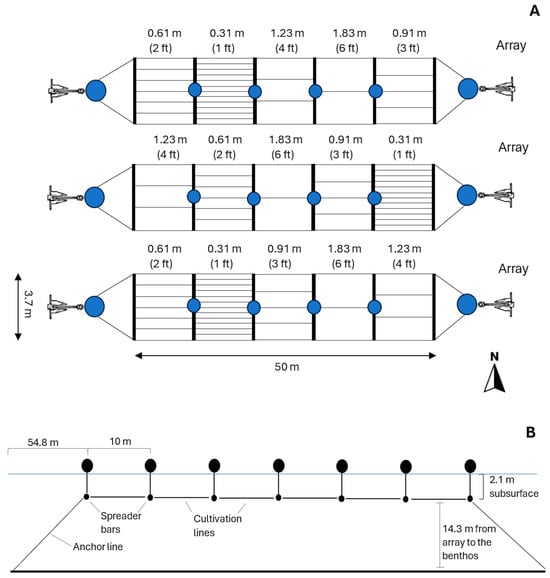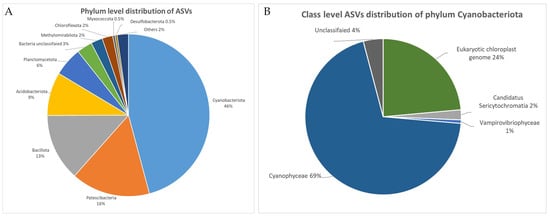- Article
Treatment of Wastewater from the Fish Processing Industry and Production of Valuable Algal Biomass with a Biostimulating Effect
- Svetlana S. Bulynina,
- Elvira E. Ziganshina and
- Artem D. Terentev
- + 1 author
Incorporating microalgae into integrated biotechnologies facilitates rational resource management. Cultivation of microalgae in various types of wastewater offers a number of advantages: safe disposal of liquid waste, restoration of water resources, and the production of valuable products. This study presents a comparative analysis of the growth and biomass productivity of various algal strains in an unsterilized fish processing plant wastewater. Desmodesmus sp. EE-M8 demonstrated the most efficient growth, with a biomass yield of 2.21 ± 0.09 g L−1. The average biomass yield obtained during the growth of Chlorella vulgaris SB-M4, Chlorella sp. EE-P5, Micractinium inermum EE-M2, and Tetradesmus obliquus EZ-B11 ranged from 1.42 to 1.96 g L−1. Ammonium, phosphate, and sulfate ions were completely utilized from the wastewater during algal growth. In addition, the bacterial community structure of wastewater was found to change drastically toward the dominance of Alphaproteobacteria during the microalgal growth. The algal strains (in combination with bacterial partners) used to determine their biostimulant potential demonstrated a positive effect on the germination of garden cress seeds. These findings demonstrate that incorporating algae into the wastewater purification process will reduce the negative impact on the environment and produce valuable biomass for various purposes.
26 December 2025





